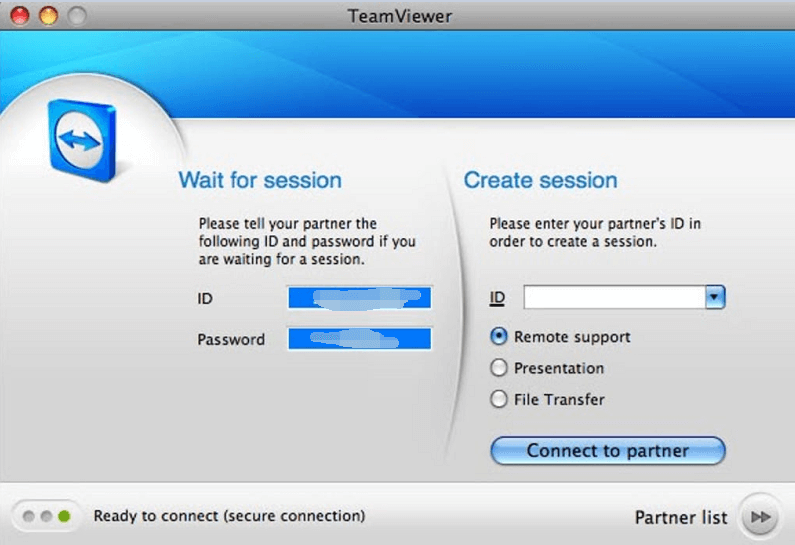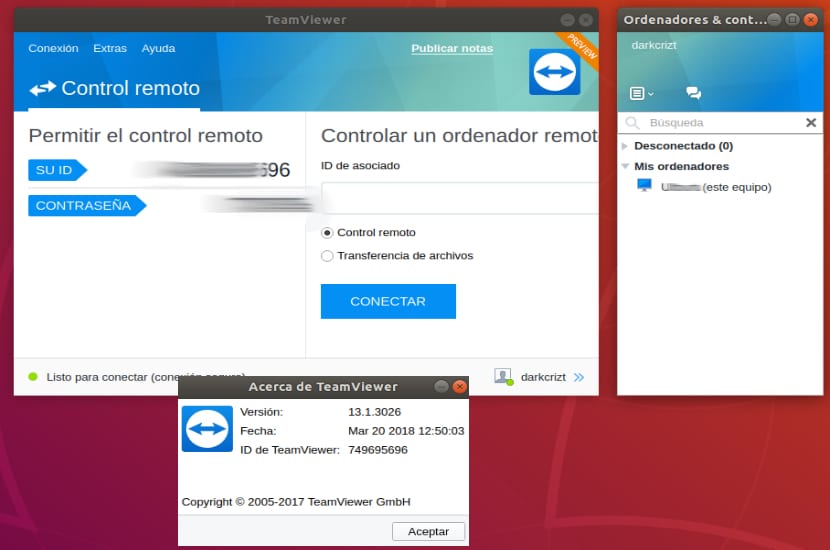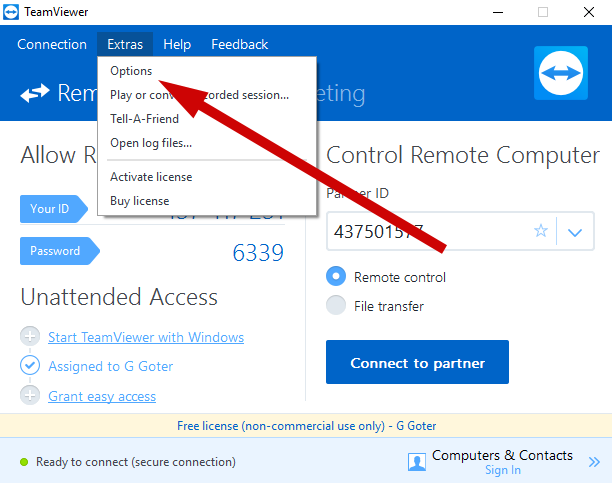

Writelog "TeamViewerHost Install: Successful. usr/sbin/installer -pkg " $DOWNLOADDIR/ $PKG " -target / Writelog "INSTALLING: TeamViewer Host … " usr/bin/curl " $URL " -o " $DOWNLOADDIR "/ " $PKG " Writelog "DOWNLOADING: TeamViewer Host PKG "

Writelog "FAILED: Set TeamViewerInstall.log Permissions. Writelog "SUCCESSFUL: Set TeamViewerInstall.log Permissions. Writelog "CREATED: TeamViewerInstall.log " Writelog "CHECK: TeamViewerInstall.log Present. PKG= "Install TeamViewerHost- $ " > $LOGFILE # Custom module ID, everything after the hyphen in the downloaded module LOGFILE= "/Library/Logs/TeamViewerInstall.log " # Downloads the latest TeamViewer Host package, effectively going to Up until recently, we’d been going with the first option using the script below: This video illustrates how removing and reapplying config ID extended attribute affects the Host module’s customization.
#INSTALLING TEAMVIEWER ON MAC INSTALL#
Download the generic Host installer, install it, and post install, write the extended attribute before first launch.Download the generic TeamViewer Host module and append the filename with your config ID: TVHost-idc.pkg before installing.Download your organization’s module using your unique TeamViewer Host URL and install it.This means that when deploying your custom TeamViewer Host module you essentially have three similar but different ways to do this: Post TeamViewer Host installation, you can run the command below to reveal this extended attribute: hostname:~ xattr -l /Applications/TeamViewerHost.app This is similar to what Apple does with in order to generate a prompt when opening something downloaded from the Internet. So, its this customConfiguationFileName function which takes the unique configuration ID from the filename and then using xattr, writes this value as an extended attribute ( ) on the TeamViewer Host application. When you look at & unpack the actual installer (we use Suspicious Package), what you find is the function file below. This is confirmed by our experience with the installer name change that the the unique 7 character, alpha-numeric configuration ID plays a role in the customization. Imagine having to build custom PKG installers for every organization’s custom modules! Definitely not efficient. Below, you can see the hashes of our downloaded custom module and the generic installer from TeamViewer’s website are the same.Īnd this makes sense. Taking a closer look at the TeamViewer Host module PKG, we can verify that there isn’t anything unique about our custom installer from the generic installer. Because of this we left the package named as downloaded. At the time, I determined that this was due to our renaming of the host module installer, but didn’t explore the reason further.

When we first deployed TeamViewer Host, I found that our customizations never appeared. It wasn’t until recently that I decided to take a closer look behind the scenes to see how TeamViewer Host acquired its custom module configuration. Breaking Down the Custom Host Module Installer With only a Premium license, this rules out this option.Īs such, we’ve had to come up with our own workflow to install TeamViewer Host and assign it to our account.
#INSTALLING TEAMVIEWER ON MAC LICENSE#
Unfortunately, TeamViewer requires a corporate license in order to remotely & programmatically deploy the Host module and automatically assign it to your account. To fill this need, we use TeamViewer and the TeamViewer Host module on our managed employee computers. While both VNC and Apple Remote Desktop are viable options on LAN (for Macs at least, we install a VNC client to accomplish this on Windows), these tools do not give us a way to request remote access and have users approve this. Working for a school, it’s important that when necessary we can remotely connect to machines off our LAN.


 0 kommentar(er)
0 kommentar(er)
